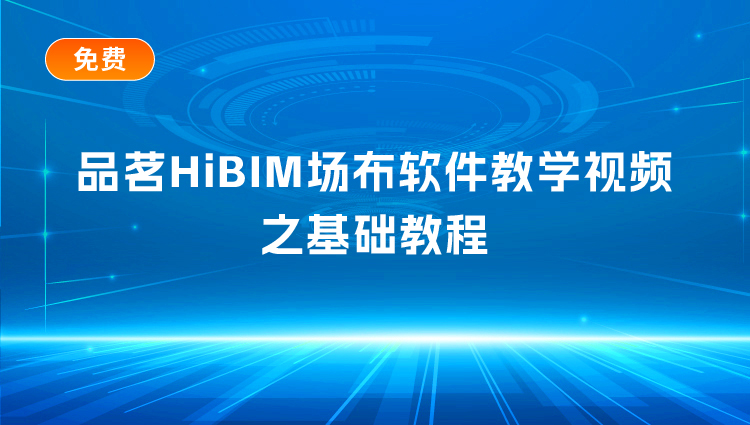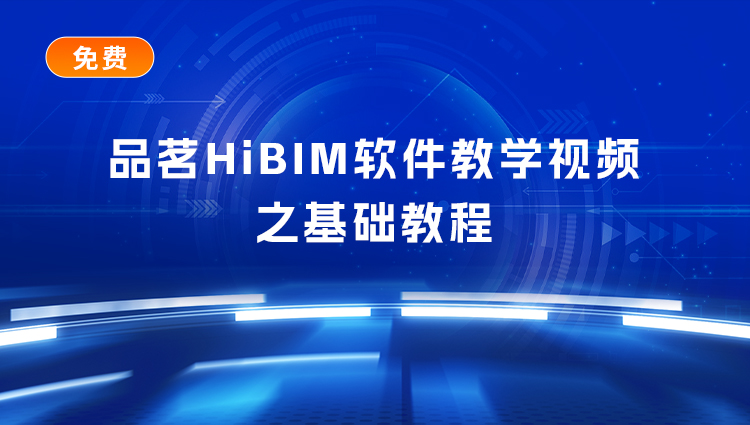
下载app免费领取会员


项目概况
南京地铁7号线清凉山站位于广州路与虎踞路交叉口,与规划13号线通道换乘。车站深嵌清凉山山体,局部明挖达七层之深。工程采用明暗挖法相结合技术,以拱形结构构筑而成,是目前南京地铁最深的站点。
清凉山古名石头山、石头城,是南京历史文化重要遗址。公元211年,孙权于石头山筑城,定都于建业(今南京),开启了南京建都的新纪元。
设计创意和表现手法
地铁清凉山车站采用模块化、装配化方式,由铜色龙鳞造型组成,巨大的拱形婉若游龙,气势磅礴。设计突破了空间装饰与公共艺术的割裂感,形成了轨道交通设计的整体性、独创性和艺术性的结合。在空间装饰中,设计方案采用菱形模块,沿拱形结构交叉排列,意象游龙在天,金鳞涌现的视觉冲击感及文化意象。
Project Overview:
Nanjing Metro Line 7 Qingliangshan Station is located at the intersection of Guangzhou Road and Hugu Road, with the planning of Line 13 channel interchange. The station is deeply embedded in Qingliang Mountain, using the combination of open and concealed excavation method technology, local excavation up to seven layers deep, its arch-shaped structure is constructed into the deepest station of Nanjing Metro.
The ancient name of Qingliang Mountain is Stone Mountain and Stone City, which is an important historical and cultural site in Nanjing. In 211 A.D., Sun Quan built a city on Stone Mountain and set the capital at Jianye (Nanjing), opening a new era of Nanjing's founding as the capital.
Design creativity and presentation:
The subway Qingliangshan Station adopts modularization and assembly, which consists of copper-colored dragon scale shapes, and the huge arches are as graceful and majestic as swimming dragons. The design breaks through the sense of separation between space decoration and public art, forming a combination of wholeness, originality and artistry in rail transportation design. In the space decoration, the design adopts diamond-shaped modules, cross-arrangement along the arch structure, which is like a swimming dragon in the sky, the golden scales emerge the sense of visual impact and cultural imagery.

▲ 分析图:模块组合和造型变化,Analysis diagrams: module combinations and styling variations

▲ 分析图:空间图示生成,以及重要节点分布,Analyzing the map: spatial graphic generation, and distribution of important nodes
天花中心装置造型与灯光演绎表现了苍龙于清凉山山脉之中,时而沉睡蛰伏,时而苍穹顿开,腾云驾雾,因此赋予艺术品以生命特征,也体现了孙权开天辟地在此建都的时刻。
The shape of the ceiling centerpiece and the lighting interpretation show the dragon in the mountains of Qingliang Mountain, sometimes sleeping and hibernating, sometimes the sky is open, so that the artwork is given the characteristics of life, but also reflects the moment when Sun Quan opened up the sky and built the capital here.

▲ 分析图:灯光装置模块组合,Analysis diagram: combination of light fixture modules

▲ 分析图:灯光装置艺术呈现概念图,Analysis: Conceptual diagram of the artistic presentation of the light installation

▲ 分析图:站厅层结构层级图,Analysis: Structural hierarchy at station level
墙面彩绘浮雕与天花灯光装置形成位置上的天地互应,写实的再现了南京城墙的裂痕、豁隙和糙粒质地,还有阳刻的记录文字,使整个作品基于叙事的逻辑和时间的沉淀。作品又以具有现代审美的构成方式诗意的表现了南京古城底蕴,营造了一种厚重而抒情的场域。
两件艺术品动静结合,集天地之华章,生动演绎清凉山龙蟠雄浑,彰显王者气概,尽显古都底蕴。作品通过在地性文化的深度挖掘,以及当代艺术的表现和科技赋能,让过去、现在、未来的南京,在轨道空间中交相呼应。
The painted reliefs on the wall and the ceiling light fixtures form an interplay between heaven and earth in terms of location, realistically reproducing the cracks, gaps and rough texture of Nanjing's city walls, as well as the recorded text in Yangcheng, making the whole work based on the logic of narration and the precipitation of time. The artwork also poetically expresses the heritage of the ancient city of Nanjing with a modern aesthetic composition, creating a heavy and lyrical field.
The two artworks are a combination of motion and static, and the collection of heaven and earth, vividly interpreting the dragon coiling majesty of Qingliang Mountain, showing the king's temperament, and revealing the heritage of the ancient city. Through the deep excavation of local culture, as well as the expression of contemporary art and technological empowerment, the past, present and future of Nanjing are echoed in the space of the track.


▲ 细节图:墙面彩绘肌理,Detailed view: Painted wall texture
艺术呈现
Artistic presentation:



▲ 实景图:站厅层,Live view: Station floor



▲ 实景图:楼梯,Live view: Stairs



▲ 实景图:站厅墙面,Live view: Walls of station halls




▲ 实景图:墙面彩绘,Wall painting

▲ 实景图:电梯间,Live view: Elevator room

▲ 实景图:站台层坐具,Live view: Platform seating

▲ 实景图:台坐具细节,Live view: Platform seating details

▲ 实景图:站名牌,Live view: Nameplate
工程设计表现
Engineering Design Performance:

▲ 平面图,Plan View




▲ 天花平面图,Reflected Ceiling Plan



▲ 设计手稿与形式呈现,Manuscripts and Forms


▲ 设计手稿与形式呈现,Manuscripts and Forms
项目基本信息
项目名称:南京地铁七号线清凉山车站
项目类型:室内/新媒体装置
项目地点:南京市鼓楼区
装修面积:5432㎡
业主:南京地铁集团有限公司
施工单位:中铁四局集团钢结构建筑有限公司、南京尚美艺环境工程有限公司、南京华晟照明科技有限公司
材料:2.5mm厚古铜色防腐蚀氧化拉丝铝板、LED(RJBW)及控制系统、不锈钢、花岗岩
主创及设计团队:张晖、程雅娜、朱飞、杨朔、马云涛、刘峰
多媒体设计:朱夕澄、陈嘉怡、邵蔚、胡湘悦
灯光装置技术支持:郑波、孙柯、刘智超、余彦璋
壁画彩绘:孙菲、丁筱、陈妍颖、程雅娜、朱夕澄
设计解析图:陈妍颖、朱夕澄、丁筱
摄影:胡文杰、张子豪
视频来源:原素材@油坊桥上的灯
Basic Information
Project Name: Nanjing Metro Line 7 Qingliangshan Station
Project Type: Indoor / New Media Installation
Project Location: Gulou District, Nanjing
Decoration area: 5432㎡
Client: Nanjing Metro Group Co., Ltd.
Constructor: China Tiesiju Civil Engineering Group Steel Buildings Co., Ltd., Nanjing Shangmeiyi Environmental Engineering Co., Ltd., Nanjing Huasheng Lighting Technology Co., Ltd
Material: 2.5mm thick bronze anti-corrosive oxidized brushed aluminum, LED (RJBW) and control system,stainless steel, granite
Creative and Design Team: Zhang Hui, Cheng Yana, Zhu Fei, Yang Shuo, Ma Yuntao, Liu Feng
Multimedia Design: Zhu Xicheng, Chen Jiayi, Shao Wei, Hu Xiangyue
Lighting Technical Support: Zheng Bo, Sun Ke, Liu Zhichao, Yu Yanzhang
Mural Painting: Sun Fei, Ding Xiao, Chen Yanying, Cheng Yana, Zhu Xicheng
Design Analysis: Chen Yanying, Zhu Xicheng, Ding Xiao
Photographer: Hu Wenjie,Zhang Zihao
Video Source: Original Footage @ Lights on the Oil Mill Bridge
来源:本文由南京尚美艺环境工程有限公司提供稿件,所有著作权归属南京尚美艺环境工程有限公司所有。
本文版权归腿腿教学网及原创作者所有,未经授权,谢绝转载。

上一篇:城市生命线|地下管网数字化建模
下一篇:政策新闻 | 贵阳市住建局党委书记、局长蒙朝阳带队开展巡河工作
推荐专题









































